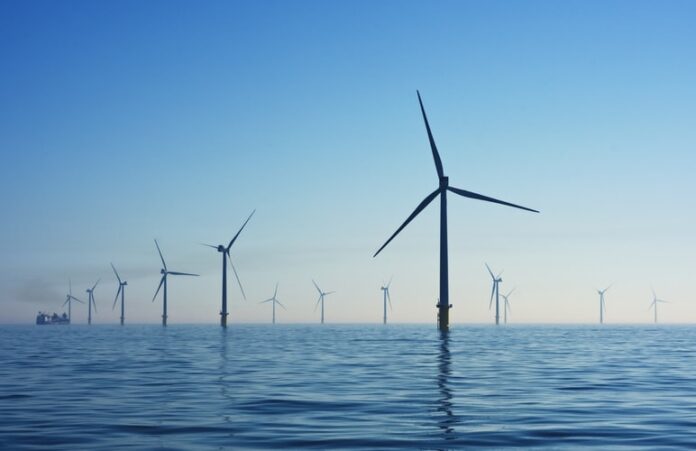In 1991, Denmark was the first country in the world to build an offshore wind farm. Thanks to an inter-party agreement, the country has now taken it a step further. It is aiming to build the first ever artificial wind energy island. It will be the largest construction project in Danish history and is expected to provide electricity for up to 10 million European households.
A new island to be added to the map

The artificial energy island is one of two islands that Denmark will create as part of clean energy transitions. Parliament last summer decided that the other wind power hub should be based in Bornholm, an island in the Baltic Sea, South of Sweden.
The artificial island, to be located 80 kilometres offshore in the middle of the North Sea, will pool power from multiple offshore wind farms which will be fed directly to several countries. Danish energy consumption is increasingly based on electricity. The energy island will be able to meet these new demands as well as exporting green power to neighbouring countries.

Initially, the island will provide electricity to three million households. However, the island is intended to be gradually extended and in time reach the size of 64 football pitches and provide energy for ten million households.
When there is a lot of wind, but demand is low, surplus power from the island will be converted into hydrogen and climate-neutral fuels. This can be used for planes, ships, and heavy industry. This is the so-called power-t-x technology and fulfills the promise to green the transport sector.
Global green power momentum
According to Marcel Alers, Head of Energy at the United Nations Development Programme, Denmark is not alone in focusing on green power. He is convinced that 2021 will be the year of action for sustainable energy and renewables. “There is growing momentum to make them political and investment priorities.”
Clean energy transitions are integral to UN SDG 7 ensuring access to affordable, reliable and sustainable modern energy for all. In addition, it is crucial to meet the goals of the Paris Agreement on keeping global temperature rise to 1.5 or well below 2 degrees Celsius.

“To achieve net zero emissions by 2050, we need an urgent transition from fossil fuels to renewable energy,” the United Nations Secretary-General António Guterres said during a Roundtable on Clean Power Transitions on 11 January 2021 ahead of COP26. He concluded that: “We have the tools. Let us unlock them with political will.”
The beacon of clean energy transitions?
According to the Danish Minister for Climate, Energy and Utilities, Dan Jørgensen, the energy island is “a beacon of clean energy transitions. Not just in Denmark, but in Europe and the rest of the world too.”
Last year, in a climate agreement between the Government and Parliament, it was decided to investigate establishing the world first energy island with a capacity of 3 gigawatt amounting to the electricity consumption of 3 million households and agreed as a central element in reaching Denmark’s goal to reduce carbon emissions by 70 percent in 2030 as part of the country’s Nationally Determined Contributions under the Paris Agreement.

There is some doubt as to whether it will be possible to have the island operating before 2030. The estimate is that the island will be ready in 2033, and the agreement calls on the Government to accelerate the process.
The island is considered critical infrastructure, and at least 50.1 percent of it must therefore be owned by the state. The Government has committed to work with private partners such as windfarm developers to secure the remaining investments needed to guarantee the construction of Denmark’s new island.
The project has been criticised by the partly state-owned energy company Ørsted raising concerns that the island is too expensive and likely to fail.






